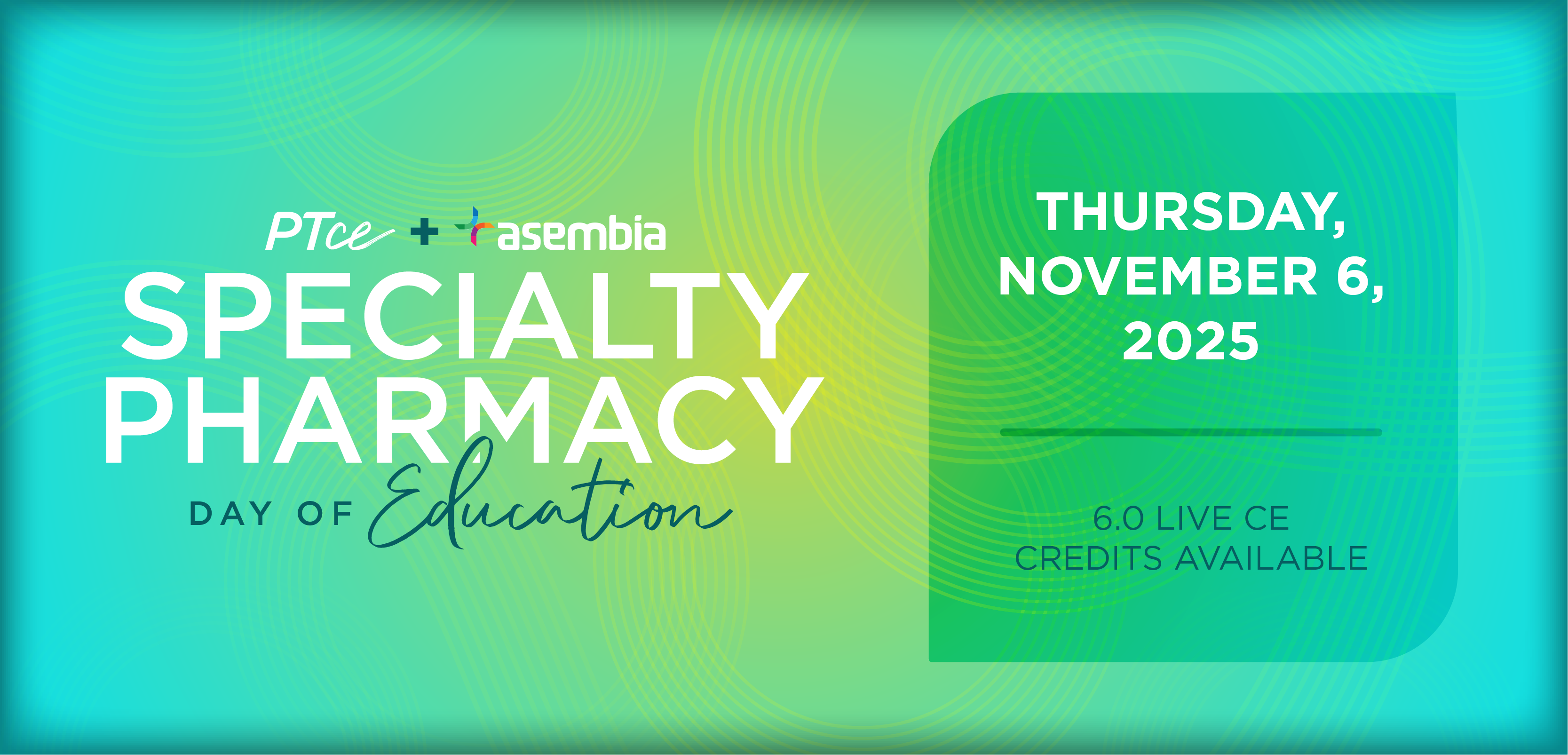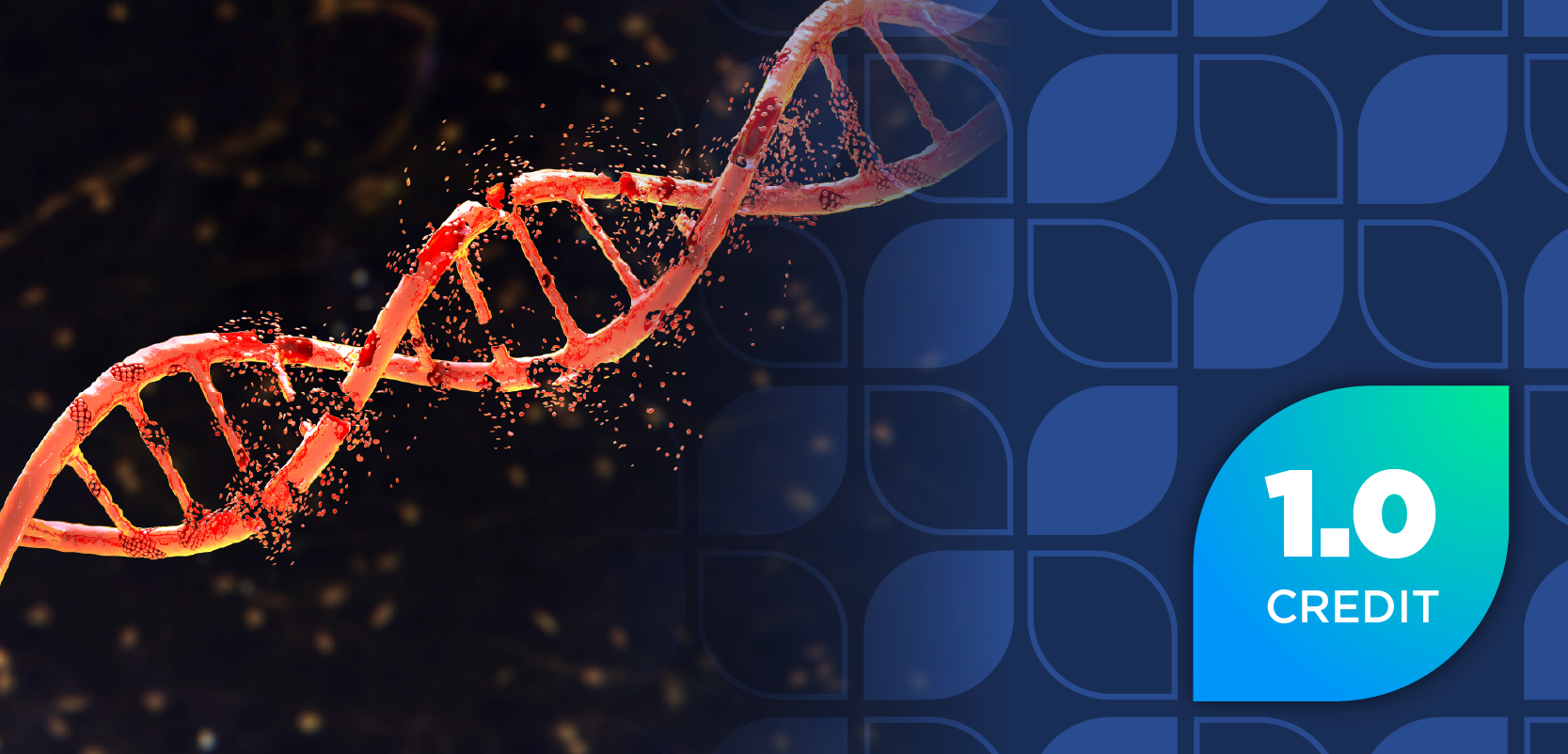
Promoting Migraine and Headache Awareness Through Poetry
The "Putting Our Heads Together" poetry contest aims to help migraine sufferers convey what the condition is really like to those who have never experienced it.
The “Putting Our Heads Together” poetry contest aims to help migraine sufferers convey what the condition is really like to those who have never experienced it.
Truly understanding the pain and fear migraine sufferers face can be difficult for those who have never experienced the headaches’ debilitating effects. To help migraine sufferers better convey what their headaches feel like, Teri Robert launched the “Putting Our Heads Together” poetry contest in 2001.
The contest invites individuals to submit poems that express their feelings about migraines and headaches. Robert, a writer, patient advocate, and migraine sufferer, hopes that the contest offers participants a form of therapy as well as a way to raise awareness and cultivate empathy among non-sufferers. The contest accepts most forms of poetry, from blank-verse to haikus, and is open to those who experience migraines as well as those who have watched loved ones suffer from the condition. Submissions are accepted each April and May, and the winners are announced in the first week of June to coincide with national migraine and headache awareness month.
This year’s submissions came from authors based in the United States, Australia, Canada, Egypt, England, Israel, Malta, the Netherlands, Scotland, and South Africa, who communicated their experience with migraine through a variety of styles, tones, and voices. This year’s
Poems submitted in previous years communicate a wide range of experiences and personalities as well. Some, like the 2012
I sort through the flutter of your torment,
find a bench, close my eyes,
press my face into cold hands,
powerless.
“Go on ahead,” I say to him.
“Maybe later.”
Many of the poems take a serious tone, but in the 2012
If
this isn’t an aura,
then
my cat
went on a diet.
‘cause
I can only see
half
of him
and
he’s thin.
No matter what subject or tone is used, each poem offers readers—migraine sufferers and non-sufferers alike—an opportunity to better understand others’ experiences and to gain a deeper understanding of migraines and headache disorders.
This year’s winning poems can be read at
Newsletter
Stay informed on drug updates, treatment guidelines, and pharmacy practice trends—subscribe to Pharmacy Times for weekly clinical insights.


















































































































































































































